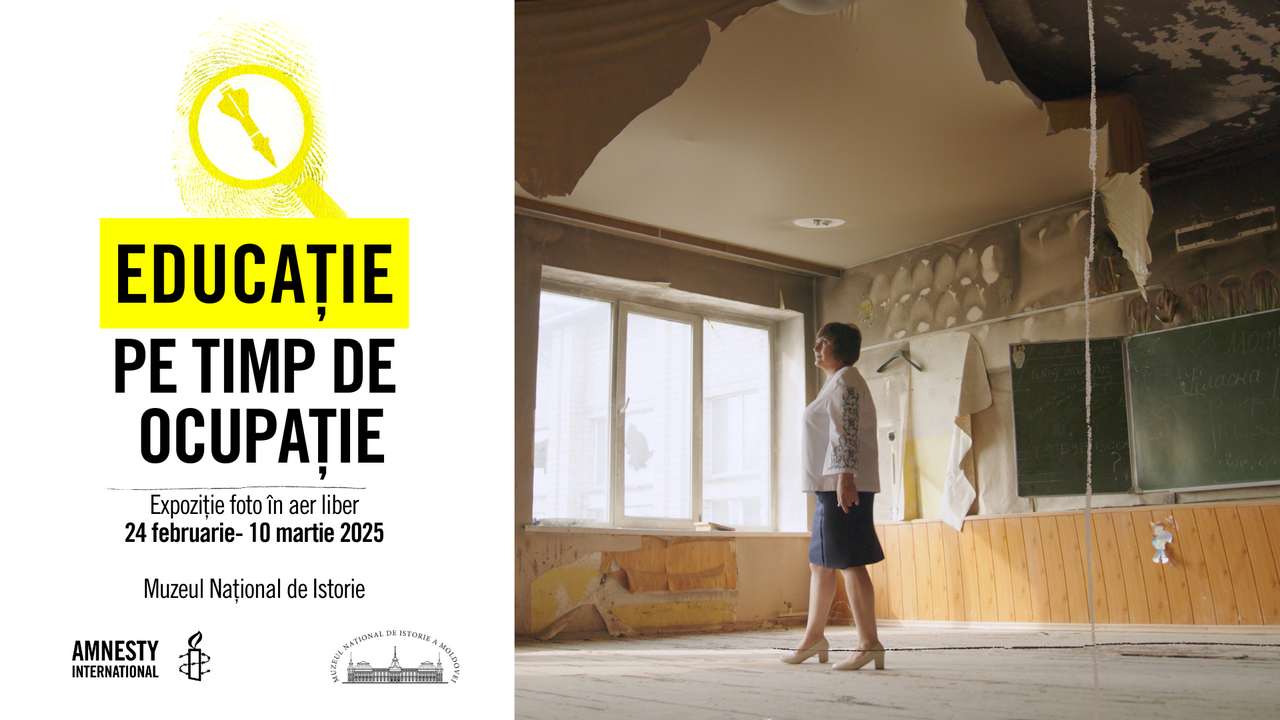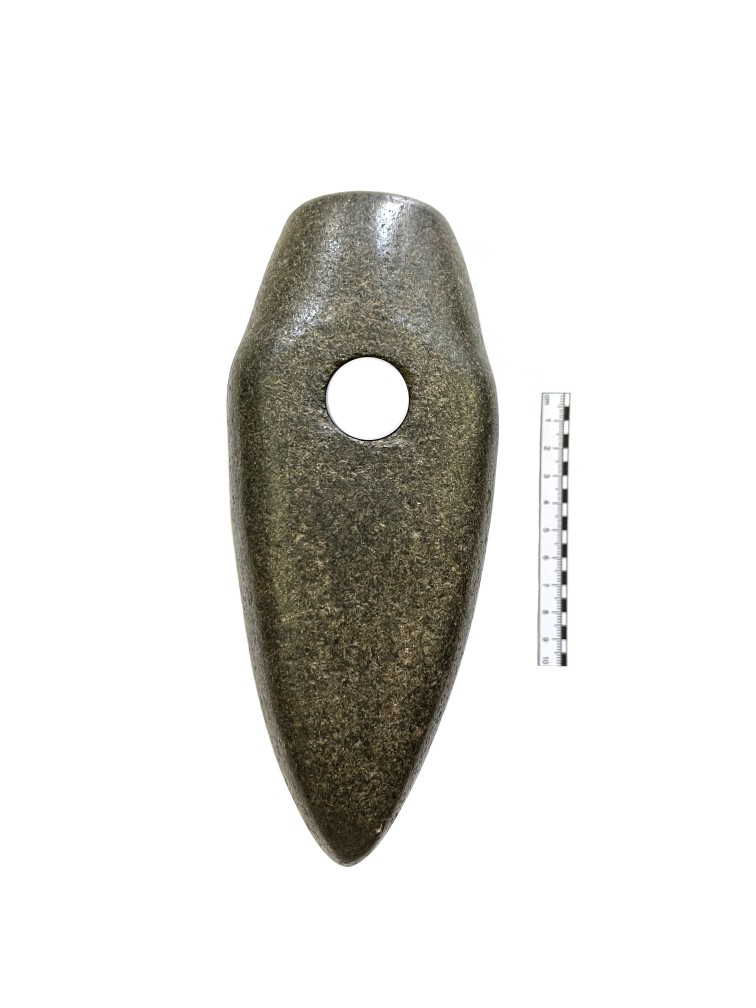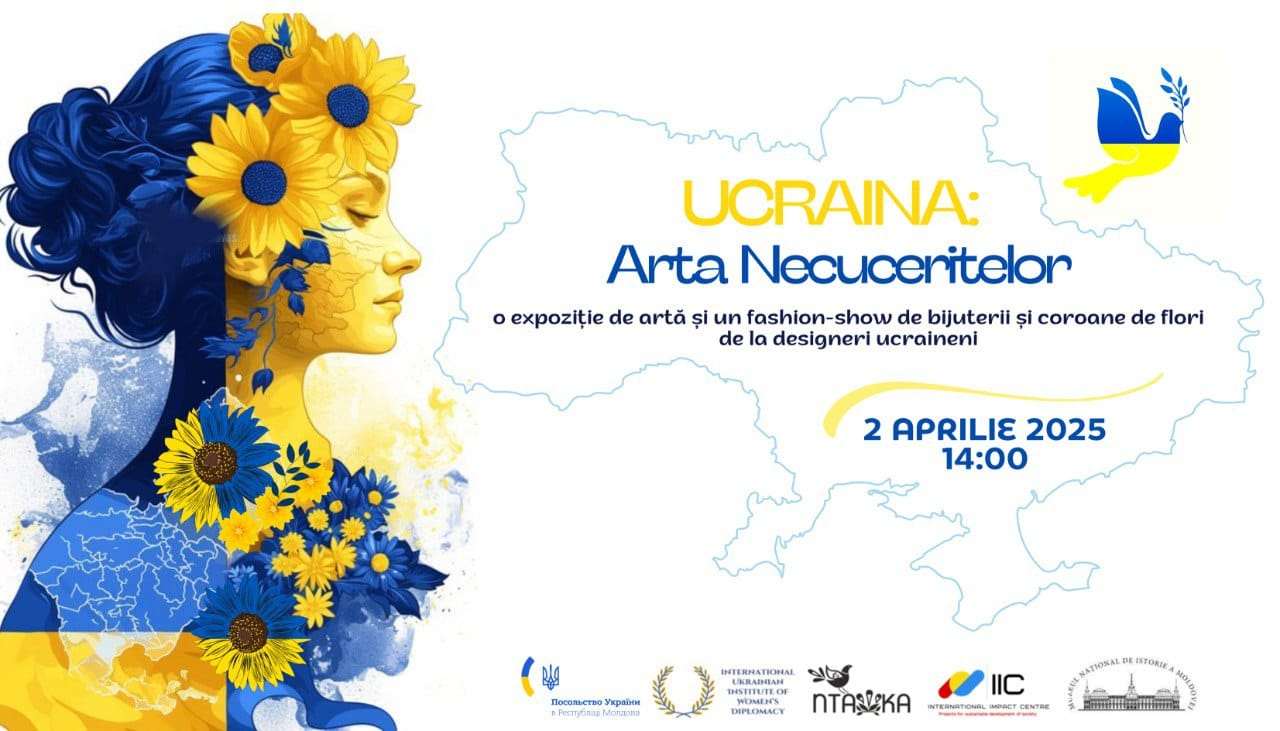
The National Museum of History of Moldova will host the opening of the outdoor photo exhibition "Education in Times of Occupation" on February 24, 2025, at 11:00 AM in its hall, organized in partnership with Amnesty International Moldova. The event marks the third anniversary of the Russian invasion of Ukraine and highlights the devastating impact of the war on the educational system.
The exhibition offers a unique perspective on the resilience of Ukrainian teachers and students, illustrating through powerful images the dramatic realities of an educational system affected by conflict. The displayed photographs reflect the destruction of thousands of schools and the challenges faced by education - whether in exile or under occupation.
Through this exhibition, Amnesty International Moldova encourages the public to discover the harsh realities faced by Ukrainian students and teachers. Representatives from partner organizations, the media, and special guests will be present at the opening to share their perspectives on the importance of education in times of conflict.
The exhibition aims to draw attention to the difficulties faced by Ukrainian students and teachers, emphasize the importance of education as a fundamental right severely impacted by the war, and encourage international solidarity to protect access to education in conflict zones.
Through this initiative, the National Museum of History of Moldova reaffirms its role as a promoter of collective memory and fundamental values, offering the public the opportunity to reflect on the resilience of Ukrainian teachers and students in the face of adversity.
The exhibition "Education in Times of Occupation" will be open for visits from February 24 to March 10, 2025, on the fence of the National Museum of History, Chișinău, 31 August 1989, 121 A.











 31 August 1989 St., 121 A, MD 2012, Chisinau, Republic of Moldova
31 August 1989 St., 121 A, MD 2012, Chisinau, Republic of Moldova

















































